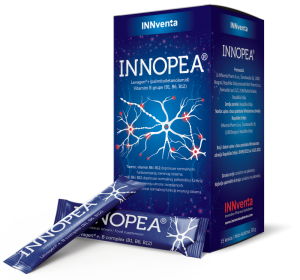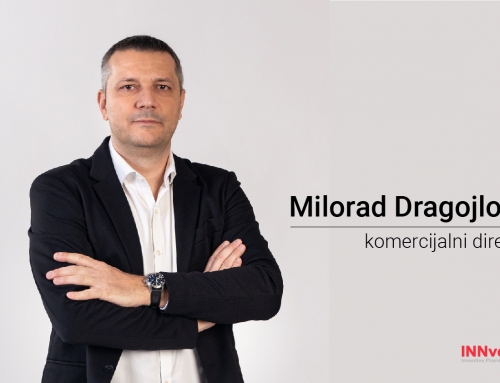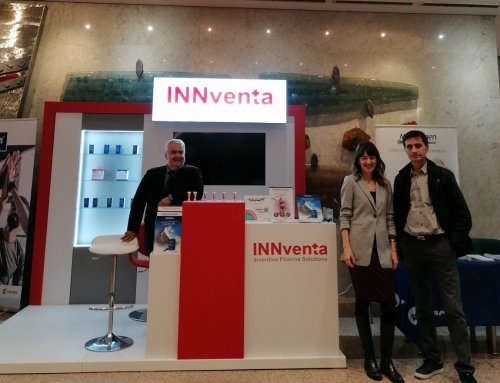Doc. Dr. Tatjana Bošković Matić, neurologist
Head of Neurology Clinics, UKC Kragujevac
- What is pain, how to define it?
According to the definition of the World Health Organization: “Pain is an unpleasant sensory or emotional experience associated with actual or potential tissue damage.”.
The International Association for the Study of Pain (IASP) defines pain as “an unpleasant sensory and emotional experience that we associate with existing or possible tissue damage or describe with words that correspond to that damage.”
Inadequate treatment of pain is a violation of the basic human right to a dignified life with pain relief (Montreal Declaration)(1)
- Are there different types of pain?
Pain is not a homogeneous entity and there are many ways to classify pain and this maintains its multidimensional aspect. (2.3).
According to its mechanism, the pain can be:
– Nociceptive (somatic and visceral)
– Non-nociceptive (neuropathic)
According to the intensity, the pain is divided into mild, moderate and strong, while according to the duration, the pain can be acute and chronic.
Some authors believe that the time limit for the duration of pain that separates acute and chronic is arbitrary – three months – while others, more cautious, declare that only pain that lasts longer than six months can be called chronic. Chronic pain affects about 20% of the population in Europe and increases with age, reaching epidemic proportions, affecting 45% to 80% of the elderly. It is also more prevalent in women and in the population with a lower socio-economic status. Unlike acute pain, which can be treated relatively easily, treatment of chronic pain is incomparably more difficult. One usually starts with monotherapy, which is increased to the maximum tolerated dose and if the therapy proves to be ineffective, then a combination of different medicines such as analgesics, antidepressants, anticonvulsants, opioids, etc. is resorted to. (4).
Although the nervous system processes pain, the immune system, in the form of mast cells and microglia, also contributes to chronic pain hypersensitivity.
Activation of the immune system triggers the release of mediators from mast cells located near nerve endings, leading to sensitization of peripheral nociceptors and increased response of neurons in the CNS (central sensitization).
Microglia enhance neurological inflammation by activating new microglia and even activating nearby astrocytes, thereby maintaining the inflammatory state and leading to chronic pain.
• What is palmitoylethanolamide (PEA) and what are its effects when administered in chronic pain therapy?
Palmitoylethanolamide (PEA) is an endogenous palmitic acid amide similar to the endocannabinoid anandamide (an endogenous cannabinoid neurotransmitter).
Interest in PEA has increased following the discovery that this substance possesses the ability to inhibit the release of inflammatory mediators from activated mast cells and to reduce infiltration and activation at the site of nerve injury.
At the cellular level, PEA exerts its effects by reducing mast cell migration and degranulation, neutrophil attraction, and excessive activation of astrocytes and glial cells. Mast cells and glial cells are transformed in this way, under the influence of PEA, from activated immune cells into resting cells. At the molecular level, PEA reduces the expression of pro-inflammatory enzymes such as COX-2 and pro-inflammatory cytokines: IL-1, prostaglandin E2 and TNF-α.
The effectiveness of PEA in the presence of symptoms of chronic and neuropathic pain has been confirmed in more than 30 clinical studies with over 6000 patients. Research results show that in patients who have not been administered other analgesic therapy, PEA is as effective in reducing chronic pain as in patients receiving polytherapy. This proves that the effect of PEA is independent of other therapies and that the simultaneous control of peripheral mast cell activity and the activation of microglia in the CNS lead to a significant reduction in the intensity of chronic pain. Also, no significant side effects or drug interactions were observed.

• Is there a product on our market that contains the PEA molecule?
There is a product called INNOPEA® in pharmacies in our country, which contains palmitoylethanolamide as an active substance. The product INNOPEA® reduces inflammation in acute and chronic inflammations, reduces the intensity of acute and chronic pain, regulates the immune response, while contributing to the protection of nerve cells, optimization of cognitive functions, and improvement of quality of life. The unique pharmaceutical form ensures a quick onset of action, and thanks to LipiSperse® technology, better absorption of the active substance, 1.75 times greater bioavailability and a better therapeutic effect of the patented form of Levagen®+ compared to standard palmitoylethanolamide are provided for. Application of the INNOPEA® product is extremely comfortable, as it is available on the market in the form of granules that can be dissolved directly by pouring the contents into the mouth or can be dissolved in a glass of water and drunk. It is recommended to take two daily doses for the first 15 days, and then continue administering one dose once a day.
REFERENCES
1. Pjević M. Lečenje hroničnog bola kod odraslih (Interaktivni elektronski priručnik), edicija PRAKTIKUM: 65;University in Novi Sad, Medical School, 2011
2. Lussier D, Beaulie P. Toward a Rational Taxonomy of Analgesic Drugs. In: Beaulieu P, Lussier D, Porreca F, Dickenson HA. Pharmacology of pain. Seattle: IASP Press; 2010. p.27-41.
3. Pjević M. Bol – kratke činjenice o hroničnom nekancerskom i kancerskom bolu. Novi Sad: UITBS; 2013.
4. The Management of Persistent Pain in Older Persons. AGS Panel on Persistent Pain in Older Persons. Journal of the American Geriatrics Society. 2002; 50 205-224




